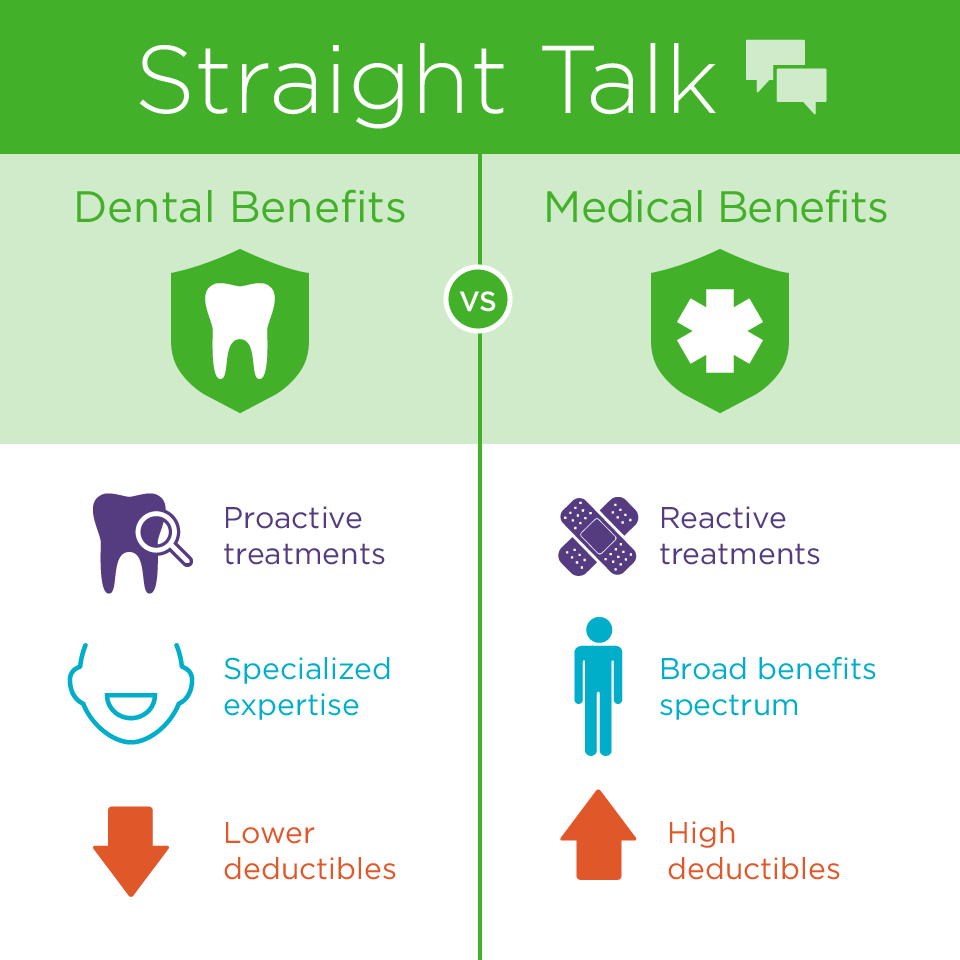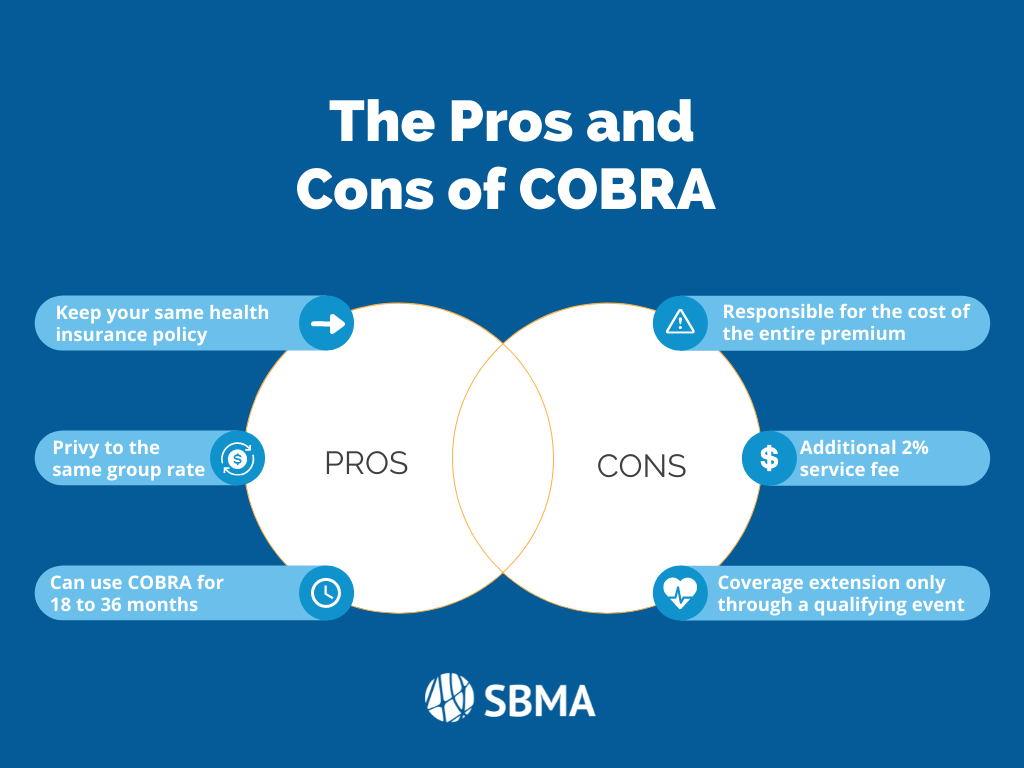The 6-Minute Rule for Medicare Advantage Agent
The 6-Minute Rule for Medicare Advantage Agent
Blog Article
Medicare Advantage Agent Can Be Fun For Anyone
Table of ContentsNot known Facts About Medicare Advantage AgentThe 9-Second Trick For Medicare Advantage AgentThe Buzz on Medicare Advantage Agent


follows from confusing the perplexing young fairly profile of account uninsured with without insurance better health, on average, of younger personsMore youthful For those without accessibility to workplace wellness insurance coverage, bad wellness is a prospective barrier to purchasing nongroup insurance coverage because such protection may be highly valued, omit preexisting problems, or be merely unavailable. Unless or else noted, national estimates of people without health insurance coverage and proportions of the population with different kinds of insurance coverage are based on the CPS, the most commonly utilized resource of quotes of insurance coverage and uninsurance rates.

Fascination About Medicare Advantage Agent
Over a three-year duration beginning early in 1993, 72 million people, 29 percent of the united state population, lacked coverage for a minimum of one month. Within a single year(1994), 53 million individuals experienced at least a month without coverage(Bennefield, 1998a). Six out of every 10 uninsured grownups are themselves employed. Functioning does improve the possibility that one and one's family members will have insurance policy, it is not a warranty. Also participants of households with 2 full-time wage income earners have almost a one-in-ten possibility of being uninsured (9.1 percent without insurance rate)(Hoffman and Pohl, 2000 ). The connection in between medical insurance and access to care is well developed, as recorded later on in this chapter. Although the partnership between medical insurance and wellness outcomes is neither direct neither easy, an extensive scientific and health solutions research study literary works links health insurance protection
to improved accessibility to care, better high quality, and boosted personal and populace wellness standing. For instance, the second record, on personal health and wellness outcomes for uninsured grownups, is represented by the inner circle of the number, while the third record, on family wellness, encompasses the subjects of the 2nd report however highlights a various system of analysis, namely, the family. The 6th record in the series will certainly provide information regarding strategies and initiatives carried out locally, statewide, or nationally to attend to the absence of insurance policy and its negative effects. Levels of analysis for checking out the results of uninsurance. This conversation of health and wellness insurance policy protection focuses largely on the united state populace under age 65 since practically all Americans 65 and older have Medicare or other public coverage.
In addition, it focuses particularly on those without any medical insurance for any type of length of time. The troubles faced by the underinsured remain in some areas similar to those dealt with by the without insurance, although they are generally much less extreme. Uninsurance and underinsurance, nonetheless, entail distinctly various policy problems, and the approaches for resolving them might vary. Throughout this research and the five records to follow, the main focus is on persons without health insurance coverage and therefore no aid in spending for healthcare beyond what is offered through charity and safety web institutions. Wellness insurance is an effective variable impacting receipt of care due to the fact that both patients and physicians reply to the out-of-pocket cost of services. Health insurance coverage, however, is neither needed nor adequate to access to medical services. The independent and direct result of view wellness
insurance insurance policy protection access to health services is well established. Others will get the health treatment they need also without medical insurance, by paying for it out of pocket or seeking it from carriers that supply treatment free or at extremely subsidized rates. For still others, medical insurance alone does not guarantee invoice of treatment since of various other nonfinancial barriers, such as an absence of health and wellness care companies in their neighborhood, limited access to transportation, illiteracy, or etymological and social differences. Formal study about without insurance populaces in the USA dates to the late 1920s and early 1930s when the Board on the Cost of Treatment generated a collection of reports concerning funding physician workplace check outs and hospital stays. This problem came to be prominent as the varieties of clinically indigent climbed up throughout the Great Anxiety. Empirical research studies consistently sustain the web link in between access to care and enhanced wellness outcomes(Bindman et al., 1995; Starfield, 1995 ). Having a regular resource of treatment can be taken into consideration a predictor of gain access to, rather than a straight action of it, when wellness end results are themselves utilized as gain access to signs. This extension of the idea of accessibility dimension was made by the IOM Committee on Monitoring Gain Access To to Personal Wellness Care Services(Millman, 1993, p. Whether moms and dads are insured appears to affect whether or not their children receive treatment along with just how much careeven if the youngsters themselves have coverage(Hanson, 1998). The wellness of moms and dads can influence their capability to look after their children and the degree of family members tension. Bothering with their children's access to care is itself a source of anxiety for moms and dads. 3 chapters comply with in this record. Phase 2 provides an overview of just how employment-based wellness insurance coverage, public programs and private insurance coverage policies run and interact to provide substantial yet insufficient protection of the U.S. population. This includes a review of historical fads and public plans impacting both public and private insurance, a conversation of the interactions amongst the different kinds of insurance coverage, and an exam of why individuals move from one program to another or wind up

Report this page